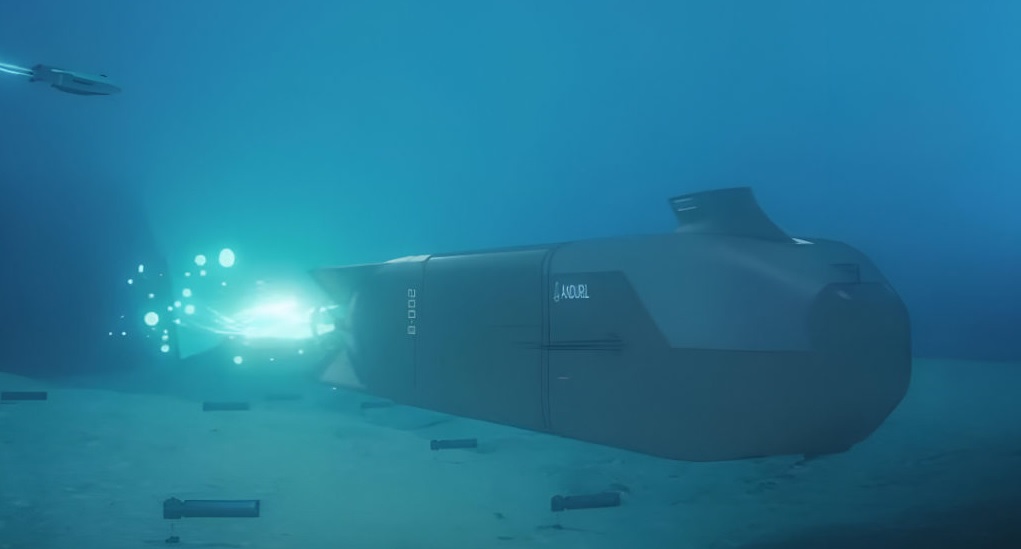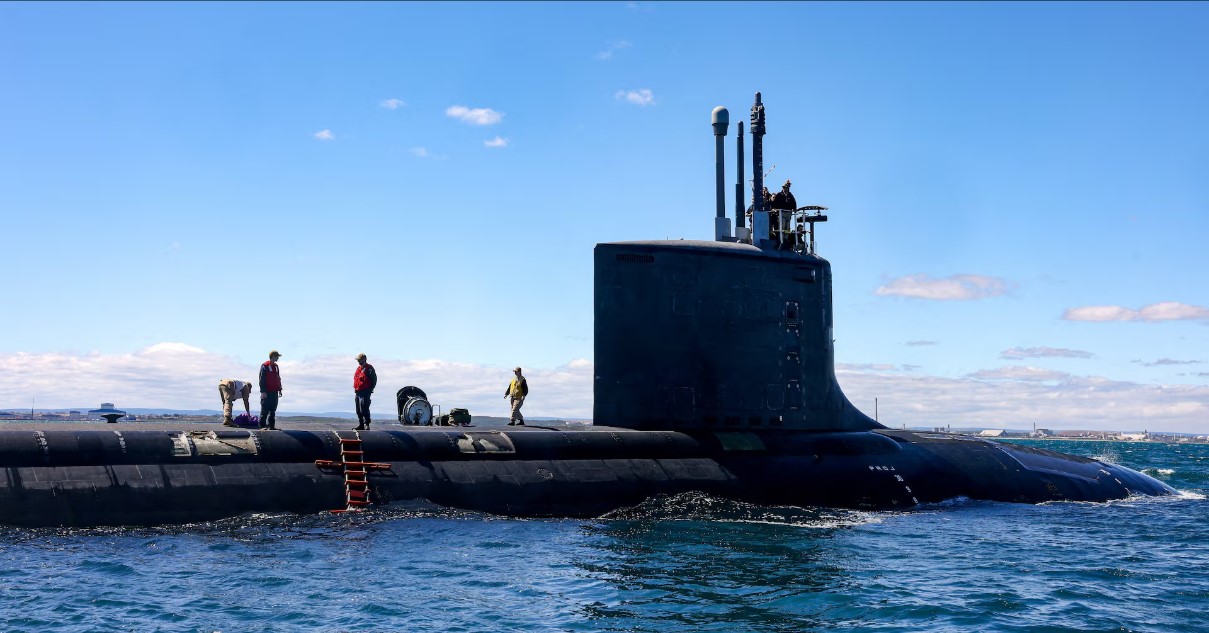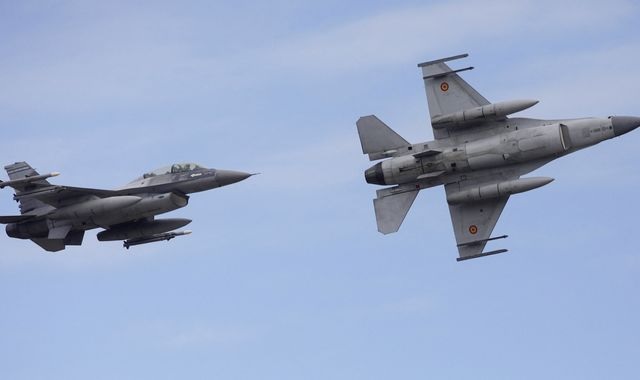IIT Madras Working to Triple Pinaka Rocket Range with Advanced Ramjet Technology

The Indian Institute of Technology Madras (IIT Madras) is spearheading groundbreaking research that could revolutionize India’s artillery capabilities. A team led by Lt. Gen. P.R. Shankar (Retd.), a former Director General of Artillery in the Indian Army, is developing ramjet propulsion technology to enhance the range of the Pinaka Multi-Barrel Rocket Launcher (MBRL) system. This technological leap aims to extend the rocket's range from its current 75 kilometers to an estimated 225 kilometers, marking a pivotal advancement in the nation’s defense arsenal.
The Current Pinaka System
The Pinaka Mk II, an integral part of India's artillery framework, operates with a high-energy composite solid-fuel rocket motor. This system allows for precise strikes up to 75 kilometers, making it an effective medium-range weapon for the Indian Army. However, as the need for longer-range and precision-strike capabilities grows, the current technology is reaching its limits.
How Ramjet Technology Transforms the Pinaka
Ramjet propulsion technology offers a novel solution to overcome range limitations. Unlike traditional rocket motors that carry both fuel and oxidizers, a ramjet engine is air-breathing. It uses the rocket's forward motion to compress incoming air for combustion, resulting in a lighter design and sustained thrust throughout the projectile's flight.
This reduction in onboard oxidizer weight not only boosts fuel efficiency but also enables the rocket to maintain high speeds over extended distances. This means the enhanced Pinaka would achieve a significantly reduced drag profile, allowing for a range that is three times greater than its current capacity.
Challenges in Adopting Ramjet Propulsion
While promising, adapting the Pinaka MBRL for ramjet propulsion involves several engineering challenges. Modifications to the rocket's aerodynamics, propulsion mechanisms, and guidance systems are critical. Additionally, ramjet engines require advanced materials capable of withstanding extreme thermal and mechanical stresses during high-speed flight.
Cost considerations also factor into the equation, as the integration of ramjet technology demands sophisticated manufacturing techniques and precision engineering. However, the strategic advantages far outweigh these hurdles, making it a worthwhile investment.
Strategic Implications
Once operational, a ramjet-powered Pinaka with a range of 225 kilometers would offer unprecedented tactical flexibility. Indian forces could engage targets deep within adversary territory while remaining at a safe distance from counterfire. This enhanced reach would also reduce the need for frequent repositioning of artillery units, improving operational efficiency during prolonged engagements.
Moreover, the development aligns with India's push for self-reliance in defense technology. By advancing indigenous capabilities in propulsion and long-range strike systems, IIT Madras is contributing to the nation’s strategic preparedness and global standing in military innovation.
The Road Ahead
As the project progresses, the IIT Madras team is navigating the complexities of integrating ramjet propulsion into the Pinaka system. Their work is a testament to India's growing emphasis on harnessing cutting-edge technology to bolster its defense infrastructure. If successful, this breakthrough could not only redefine the Pinaka’s capabilities but also set a new benchmark for artillery systems worldwide.
This innovation underscores the critical role of academia-industry collaboration in shaping the future of defense technologies and securing India’s strategic interests.



